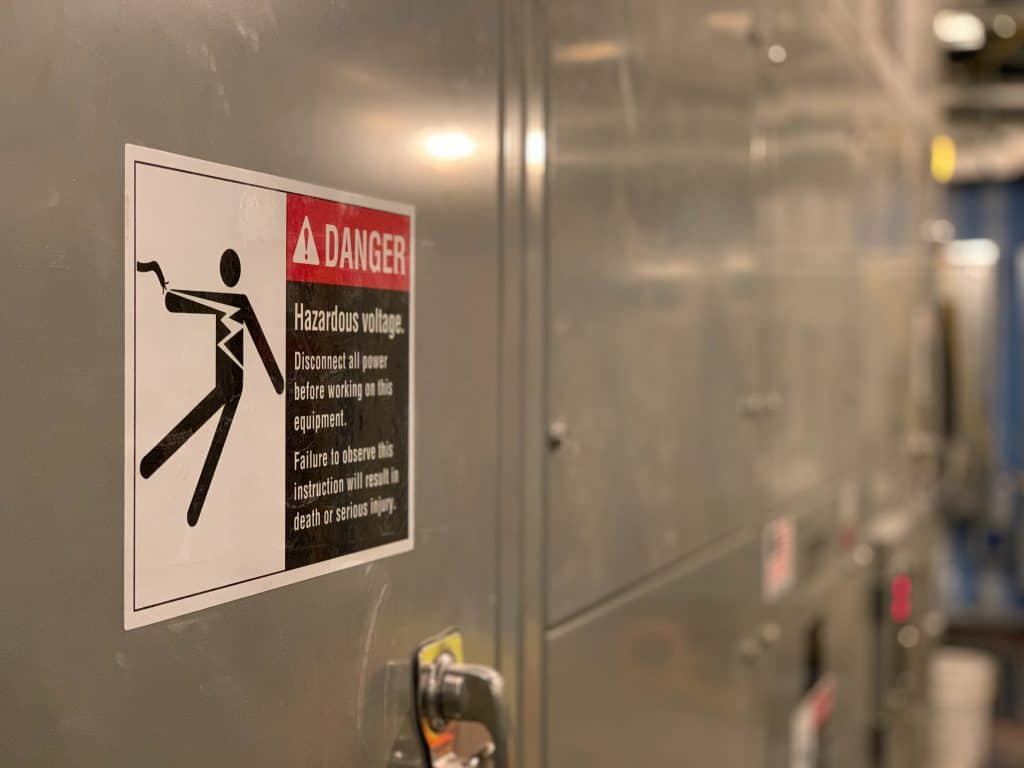A total of 5,333 workers died as a result of on-the-job injuries in 2019 – a 1.6% increase from 2018 and the highest number of fatalities since 5,657 were recorded in 2007, according to Census of Fatal Occupational Injuries data released Dec. 16 by the Bureau of Labor Statistics.
Additionally, the data shows that the overall rate of fatal workplace injuries was unchanged, remaining at 3.5 per 100,000 full-time equivalent workers for the third successive year. Key statistics in the report include:• 1 out of 5 workplace fatalities in 2019 were Hispanic or Latino workers. The 1,088 deaths among this group marks a 13.2% jump from the previous year and the most since the census began in 1992.
• Transportation-related fatalities rose 2% to 2,122 while accounting for 39.8% of all fatal work-related injuries.
• Slips, trips and falls resulted in 880 deaths – an 11.3% increase from the previous year.
• Workers in construction and extraction occupations experienced 1,066 fatal injuries – a 6.3% increase from 2019 and the highest total since 2007.
• Drivers/sales workers and truck drivers experienced 1,055 fatal injuries, the most since 2003.
• Deaths related to unintentional overdoses from nonmedical drug or alcohol use while at work climbed slightly to 313, marking the seventh straight annual increase in this category.
“Fatalities should never be the cost of doing business,” the National Safety Council said in a statement. “Employers need a systematic approach to safety that includes having policies, training and risk assessment techniques in place to address major causes of fatalities and injuries. Leadership needs to set the tone from the top and engage all workers in safety, identify hazards and measure safety performance using leading indicators to continuously improve.”
“With many safety advancements being readily available to employers nationwide, it’s troubling that we’re continuing to see higher numbers of worker fatalities,” said ASSP President Deborah Roy, M.P.H., RN, COHN-S, CSP, CIT, FASSP, FAAOHN. “Most occupational incidents are preventable given today’s technologies and proven safety and health strategies.”
The data release is the second of two annual BLS reports. The first, released Nov. 4, explored nonfatal injuries and illnesses among private-sector employees
Source: BLS (Bureau of Labor and Statistics) website https://www.bls.gov/



